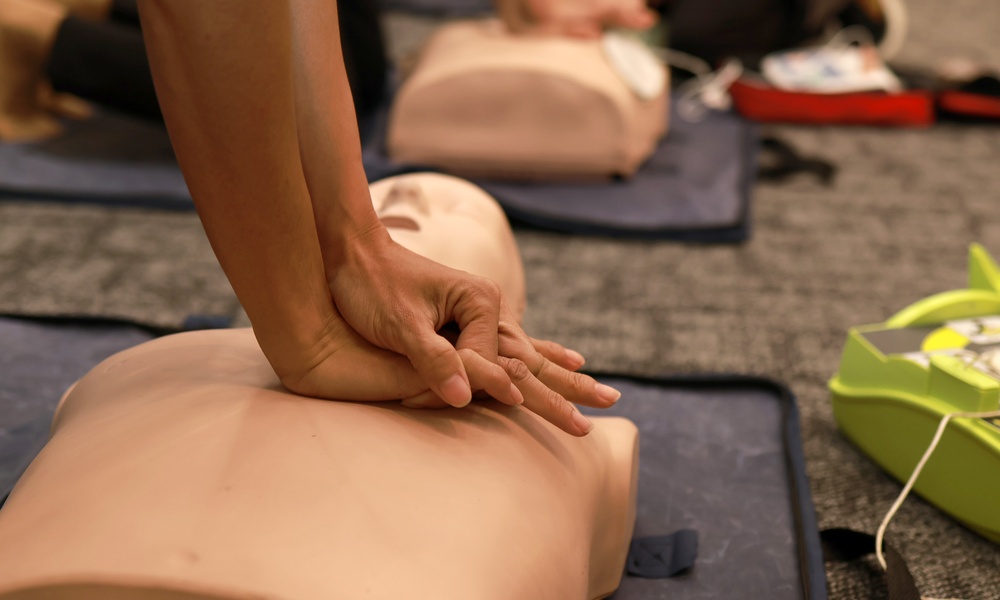
Emergencies happen without warning, and knowing how to respond can make a difference. Acquiring a few basic skills prepares you to act confidently when seconds count.
Possessing knowledge of life-saving skills everyone should learn allows you to assist others during unexpected medical events. This list covers five practical abilities anyone can pick up.
Know How to Perform CPR
Cardiopulmonary resuscitation (CPR) maintains blood flow to the brain and other vital organs during cardiac arrest.
Acquiring this skill enables you to assist a person until professional medical help arrives. The process includes chest compressions and, when necessary, rescue breaths to help circulate oxygen-rich blood.
Different techniques apply to adults, children, and infants. For instance, CPR training for new teachers covers scenarios specific to a school environment, preparing educators for emergencies involving students. Hands-on courses offer the most effective way to practice and feel comfortable with the methods.
Learn the Heimlich Maneuver
Choking occurs when an object blocks the airway, preventing oxygen from reaching the brain, and it can happen to anyone regardless of age or health.
The Heimlich maneuver, also known as abdominal thrusts, is a vital emergency technique used to dislodge objects from a person’s airway.
Knowing how to perform this maneuver on others and on yourself provides a critical way to clear a blockage and restore normal breathing.
The procedure varies slightly depending on whether the person is a conscious adult, a pregnant woman, or an infant, with specific modifications to ensure safety and effectiveness in each case.
Administer Basic First Aid
Handling common injuries helps prevent further complications. Basic first aid covers a range of situations.
Wound Care
Properly cleaning and dressing cuts and scrapes minimizes the risk of infection. This involves:
- Stopping the bleeding with gentle pressure.
- Cleaning the area with soap and water.
- Applying an antibiotic ointment and a clean bandage.
Burn Treatment
For minor burns, run cool water over the affected area for several minutes. Covering it with a sterile, non-adhesive bandage protects the skin. Avoid using ice, as it can cause more damage.
Recognize Stroke Symptoms
A stroke occurs when blood flow to the brain stops. Quick medical intervention can limit long-term damage. The F.A.S.T. acronym helps identify common symptoms:
- Face: One side of the face droops.
- Arms: One arm drifts downward when raised.
- Speech: Speech sounds slurred or strange.
- Time: Call emergency services immediately.
Control Severe Bleeding
Uncontrolled bleeding from a serious injury poses an immediate threat to life. Knowing how to apply direct pressure properly and when to use a tourniquet can be lifesaving, as they can quickly stop blood loss.
Always prioritize your safety by wearing gloves or other barriers if available to protect yourself from infections.
Along with applying steady, strong pressure on the wound with a clean cloth, raising the injured limb above heart level can help slow bleeding.
If trained and necessary, consider using a tourniquet as a last resort when other methods fail to stop the bleeding.
Building Confidence in Emergencies
Acquiring these abilities prepares you for unexpected events. Taking a certified course offers structured practice and feedback, which builds confidence.
Knowing these life-saving skills everyone should learn gives you the capacity to help when it matters most.
